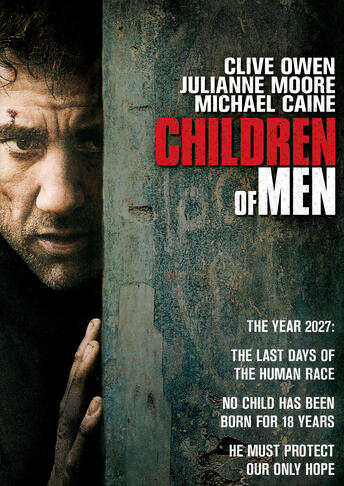Plot: A mad doctor is killing his patients, seen on the news. A special task force is formed to catch this doctor. Police raid several suspected hideouts of the doctor. Doctor sees this on TV and smiles. The room he is in is very clean and sterile, but in the background, there is a woman taped to a chair, and covered in a decent amount of blood, next to her, a small table with clean surgical equipment. Scene cuts to a car screeching to a stop with 2 detectives coming out, fully armed. They rush into a building, weapons in hand. The surgeon starts to put on his mask, and his left hand’s glove. At the same time, the detectives stack at the door. The doctor turns and looks at the door. The detective kicks the door in and move in, the room and dark and murky, but a slight figure is seen. The first detective fires at the figure, and it falls. The 2nd detective flips the lights on and turns out it was just a dummy. The room is dirty/filthy and old filled with barrels, they looked around confused. The doctor walks up to a laptop, and clicks on it. It turns on and is a security camera, looking at the detectives. One of the detectives opens the top of a barrel and an arm falls out, they both jump back stunned. One of the detectives uses his phone to dial his boss, while the other looks around and spots the camera. The doctor smiles under his mask and presses a button on his laptop. Suddenly there is a “BEEP!” in the room the detectives are in, and the barrels start lighting up with red flashes. The beep gets faster as the detectives rush out yelling “BOMB!” The doctor turns away and looks out the window, in a distant a rooftop explodes, the shockwave sends the building shaking a bit. The doctor turns around and finishes pulling on his gloves. He walks slowly towards the table, carefully picking out a hammer. He then turns towards the woman in the chair, lifting the hammer. He pauses and smirks for a second. The final shot is from the woman’s pov, as the hammer comes crashing down and it cuts to black. A police car with sirens on is heard passing and credits roll.
Setting:
- Very clean and sterile room (For doctor scene)
- Room that is dirty, Very old room that has blue barrels which contain explosive and body parts inside (When detectives come in)
Film Location
- School (Clocktower)
- Outside School























